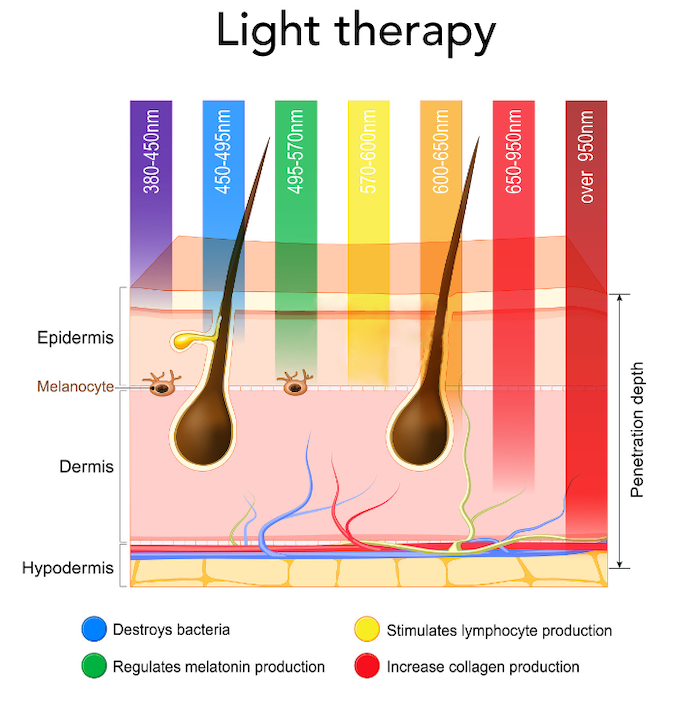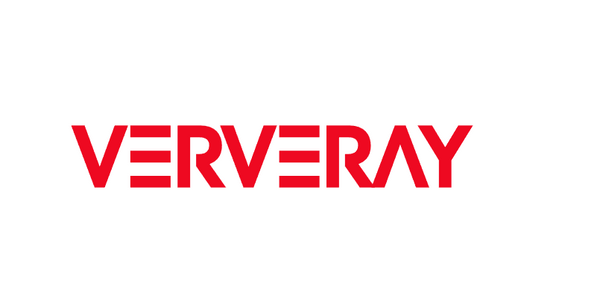
Light Therapy by Wavelength: Science, Benefits, and How to Choose
Share
Find the Perfect Light for Your Skin and Wellness Goals
Light therapy (phototherapy) uses specific wavelengths of light to improve skin health, relieve pain, and even enhance mood—all without invasive procedures. With the rise of at-home devices, many consumers still wonder: "Which wavelength is right for me?"
1. Light Therapy Wavelengths: Benefits and Applications
Red Light (630-700nm)
Key Benefits: Stimulates collagen production, reduces wrinkles and scars, improves skin elasticity.
Ideal For: Anti-aging enthusiasts, acne scar recovery.
Science-Backed: Clinical trials show red light accelerates wound healing and reduces inflammation (NIH studies).
Blue Light (400-450nm)
Key Benefits: Kills acne-causing bacteria, controls breakouts.
Ideal For: Oily or acne-prone skin.
Pro Tip: Pair with red light to prevent dryness.
Near-Infrared Light (700-1200nm)
Key Benefits: Penetrates deep tissues, relieves muscle/joint pain, speeds recovery.
Ideal For: Athletes, chronic pain sufferers.
Yellow Light (570-590nm)
Key Benefits: Calms redness, soothes sensitive skin.
Ideal For: Rosacea, facial flushing.
2. How to Choose the Best At-Home Light Therapy Device
Match Wavelengths to Your Goals
Anti-aging: Red + near-infrared combo devices.
Acne: Blue light with red light balance.
Pain relief: Focus on near-infrared.
3. Safety Tips and FAQs
Frequency: 3-4 sessions weekly, 10-15 minutes per session.
Contraindications: Avoid if pregnant, photosensitive, or prone to seizures.
Skincare Pairings: Use gentle, non-irritating products to maximize results.
